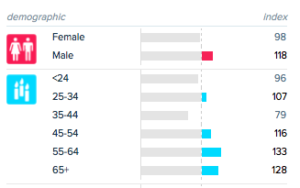It’s coming, the “futurists” are saying that the hype about Artificial Intelligence is real. The reason according to Andrew Ng, chief scientist at Baidu, is that AI is no long a “magical thing” but is now creating real value for companies, like Google and Baidu. Companies are now finding “pockets of opportunity” to invest in AI. But there is also something else at play that is also making the timing right for AI.
Americans are now living in highly polarized political environment. We’ve seen it play out in TV commercials, “resistance movements,” and daily news coverage.
At the same time, researchers have recently shown that it’s more than a person’s mindset that determines their political beliefs; it’s their actual mind itself. More specifically, the physical structure of the brain of those people on the ”right” and the “left” are different, and it impacts how information is interpreted, decision are made and how you see the world.
People who describe themselves as “liberals” tend to have a larger anterior cingulate cortex, the area that is responsible for taking in new information and that impact of the new information on decision-making. Meanwhile, “conservatives” tend to have a larger right amygdala being a deeper brain structure that processes more emotional information, in particular, fear-based information.
As a result, the adult world is made up of, to a certain degree, two hard-wired types of people, who see and interpret the world differently. In fact, according to the Pew Research Center there has been a dramatic political polarization of Americans over the last 20 years (see the graph below).
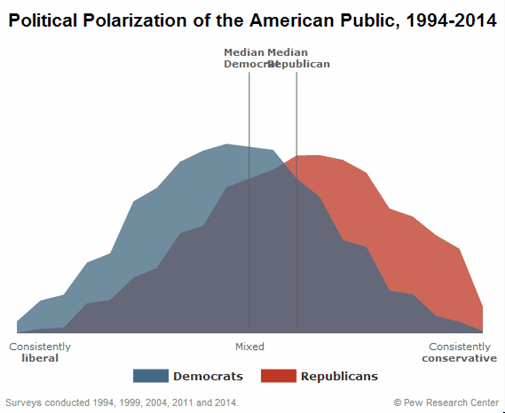
Put it all together and you have a perfect scenario for AI machine learning. Machines look for consistency in patterns to make predictions, and apparently we have become more predictable than ever before. Using psychographic segmentation along with online research tools, machines can more accurate and effective target and message to unique audience segments.
Our minds are already predisposed to interpret information differently. Layer on that our opinions and beliefs are becoming more distinctly aligned with other like individuals and you’re seeing the “middle” is disappear.
These distinct groups also use unique channels for information and communication that reinforce their beliefs and opinions, making it easier to find and message to them. In the end, the target, channel and message are all becoming increasingly more defined as a result.
While polarization is making it more difficult for one group to understand the other, it is making humans a lot easier for machines to understand.
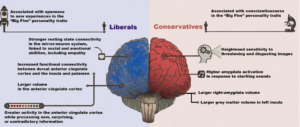


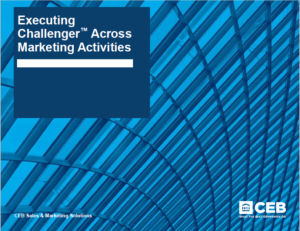 Pat and I shared our key learnings on executing Challenger across a multitude of marketing activities: customer understanding, marketing messaging, content strategy development, content and sales tool production, and lead generation.
Pat and I shared our key learnings on executing Challenger across a multitude of marketing activities: customer understanding, marketing messaging, content strategy development, content and sales tool production, and lead generation.
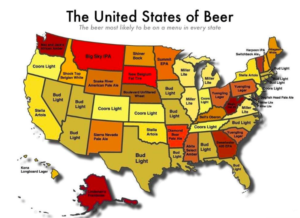
 became a lightening rod for comments both supportive and critical of the theme. Bud fans seemingly upset at what they see as Budweiser making a political statement.
became a lightening rod for comments both supportive and critical of the theme. Bud fans seemingly upset at what they see as Budweiser making a political statement.